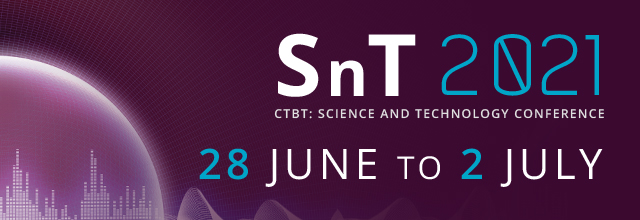Speaker
Description
Manual identification of seismic events in long and signal-rich records is a challenging and time-consuming task. Power detectors for single stations or array beams are widely just but often provide a vast number of ungrouped events. The need for screening these events arises for example when no a priori information about expected events is available, precise locations cannot be obtained, or location alone is not sufficient for event classification. Unsupervised machine learning allows grouping of seismic signals without using class labels. For our approach, we adapt state-of-the-art, pre-trained convolutional neural networks (CNN) for image recognition. Spectrograms of three-component seismic data are combined as RGB images and fed into the CNN for clustering. The output layer is intuitively visualized to evaluate the obtained grouping. We test two different approaches: grouping pre-detected events and sliding window processing combing the detection and clustering step. We apply the methods to typical data sets in environmental seismology: seismic data recorded at glaciers in Svalbard (icequakes) and at an unstable rock slope in Southern Norway. In both cases, expert-labeled events are available to evaluate the results. We find the unsupervised deep neural network to be a powerful tool to analyze and differentiate between the seismic events.
Promotional text
We present a method for automatic identification of seismic events using machine learning and its application for environmental monitoring. Our contribution addresses the need for new verification technologies as well as issues in a global context such as climate change.

